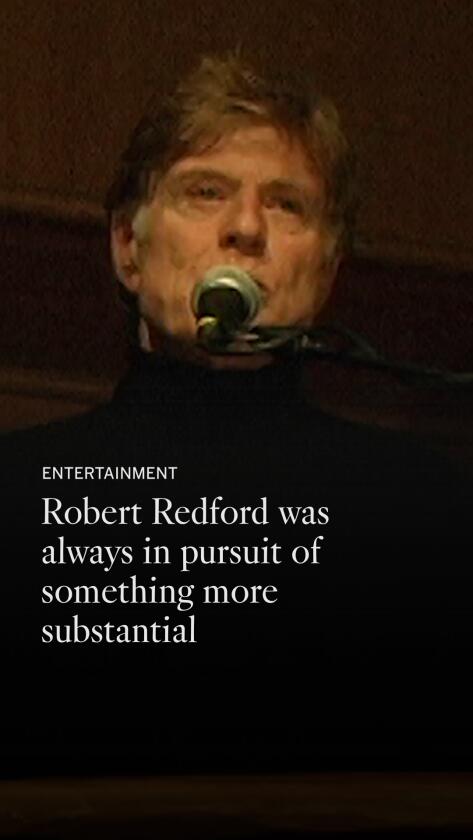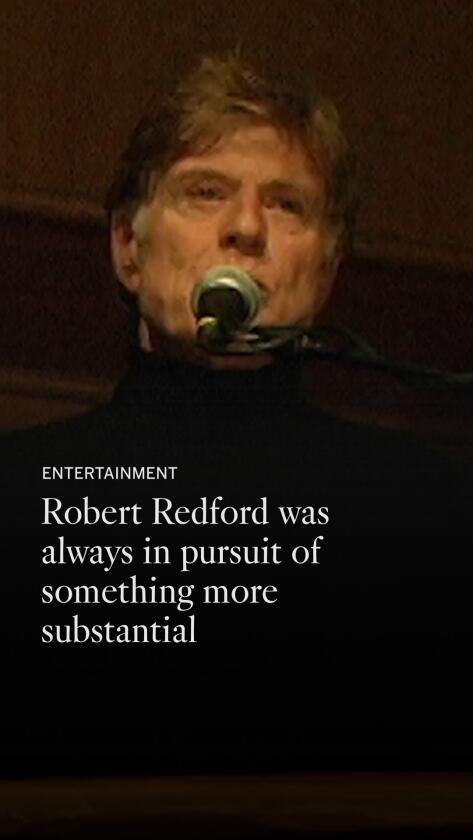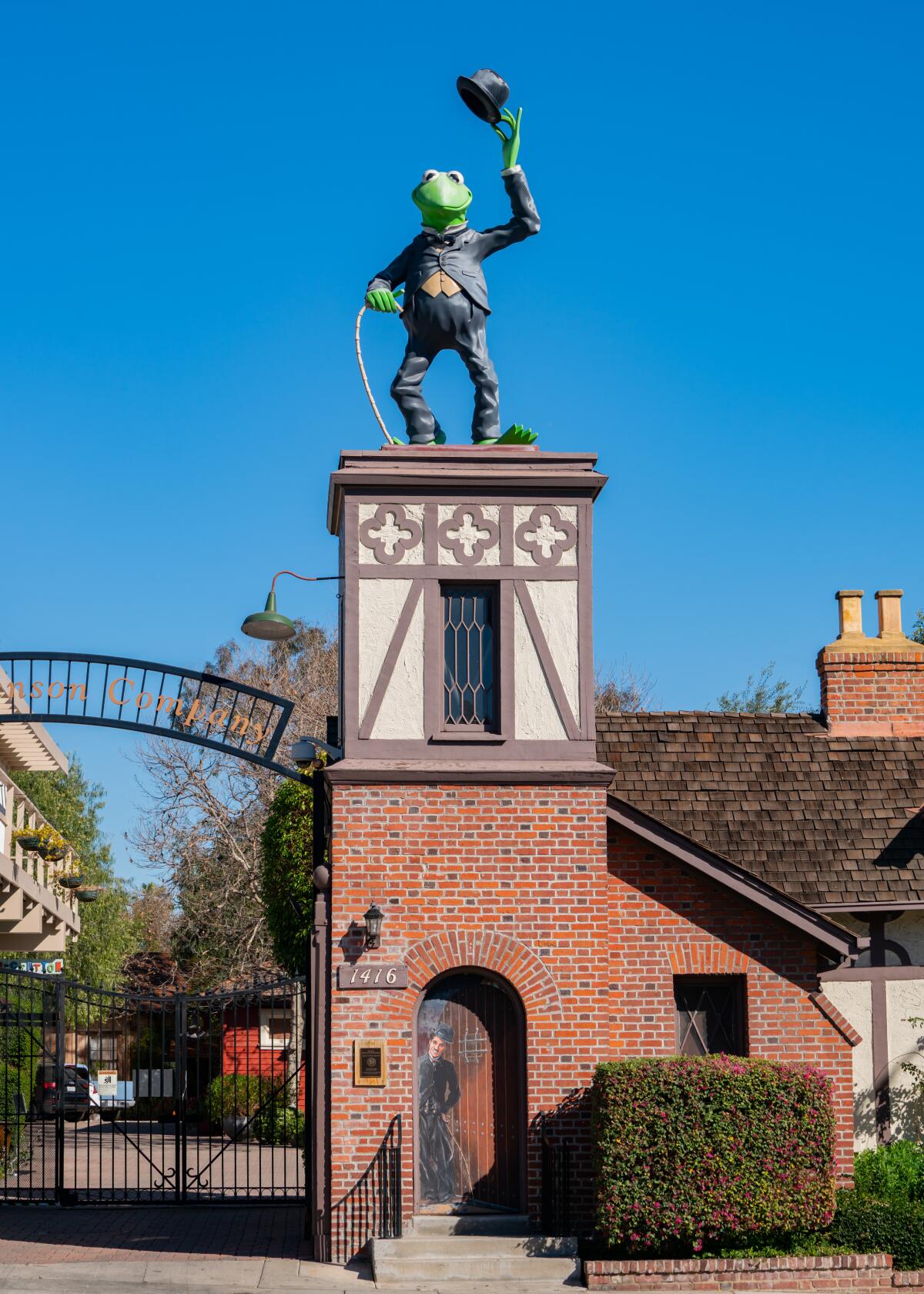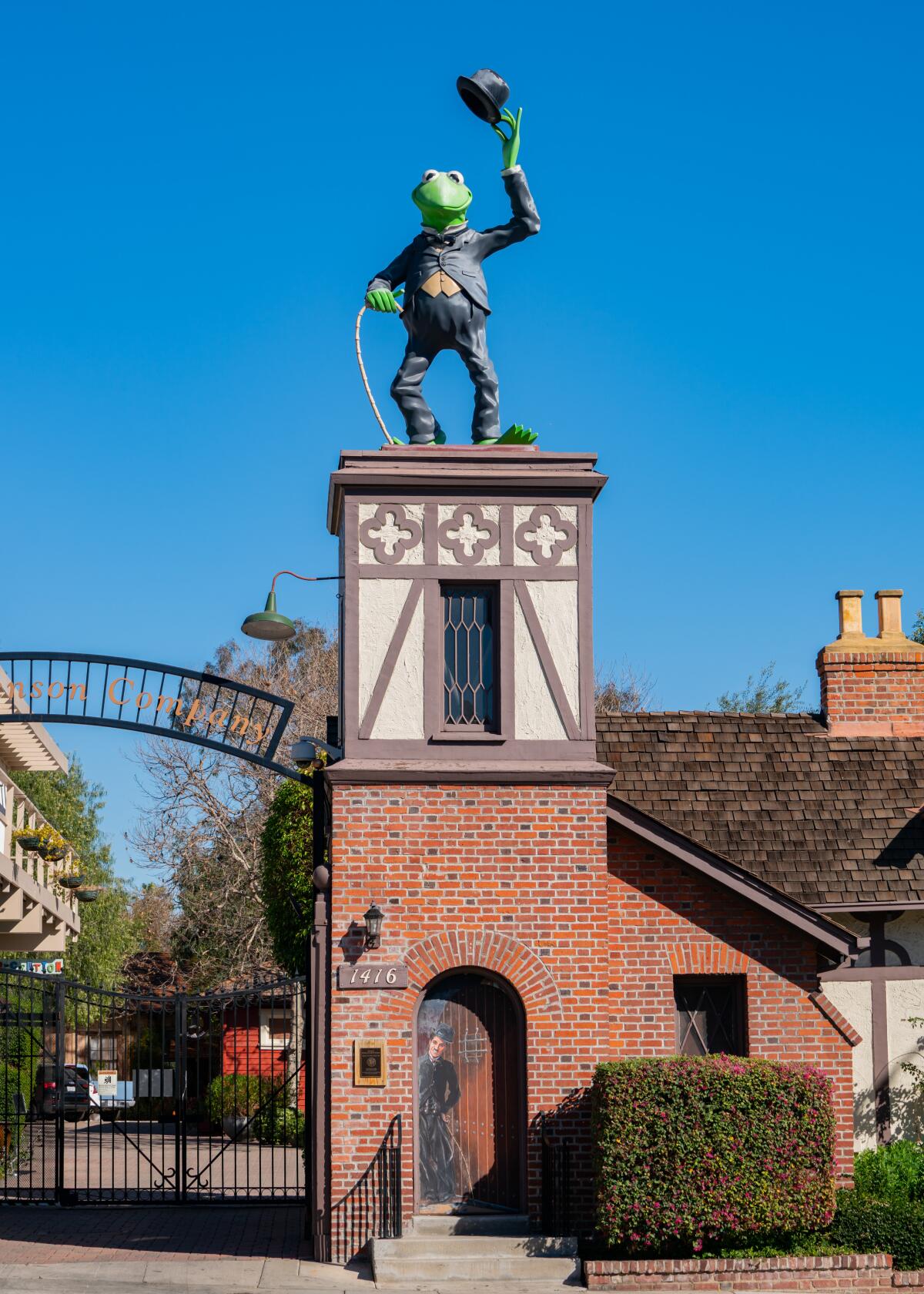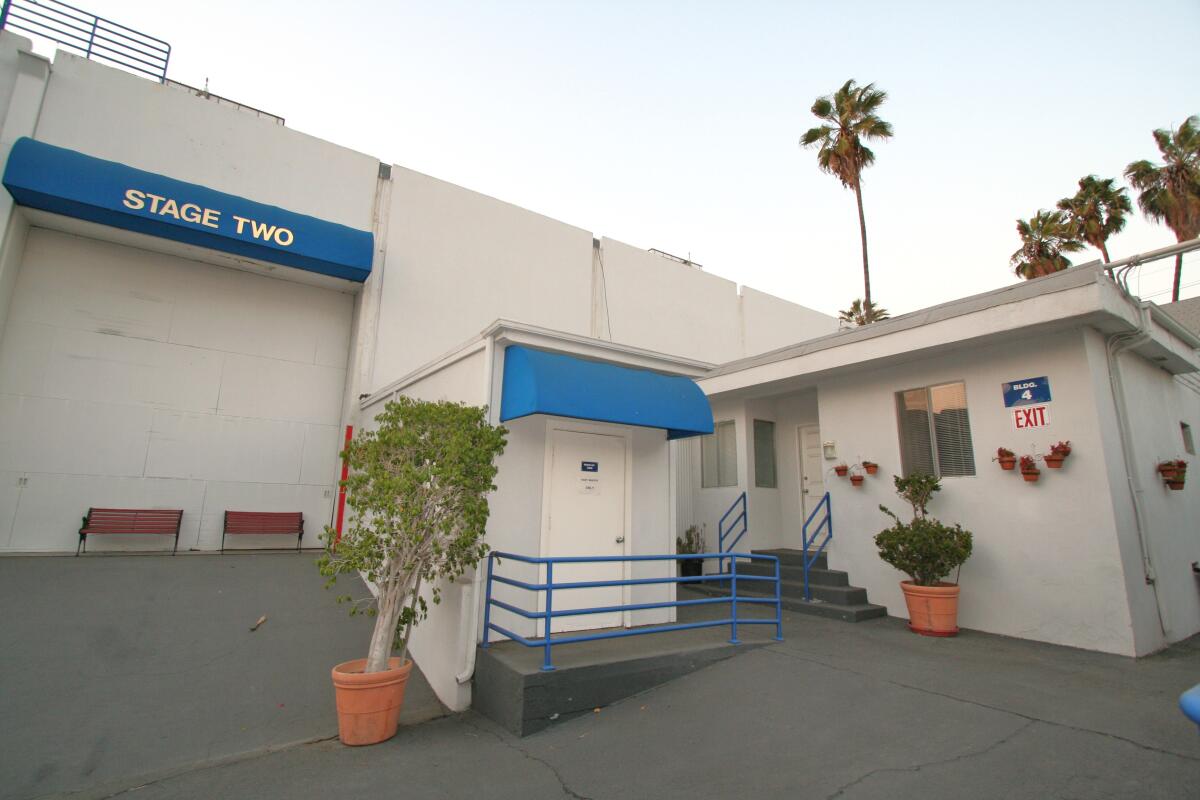Robert Redford’s influence on independent movie production is incalculable
It all started with a purchase of land in the 1960s. Then, from that small slice of Utah and the founding of the Sundance Institute in 1981 and, later, its expansion into the Sundance Film Festival, Robert Redford developed a vision that would reshape on-screen storytelling as we know it. Sundance opened doors for multiple generations of filmmakers who might not otherwise have gained entry to the movie business.
Redford, who died Tuesday at age 89, was already a hugely successful actor, producer and director, having just won an Oscar for his directorial debut “Ordinary People,” when he founded the Sundance Institute as a support system for independent filmmakers. His Utah property, named after his role in “Butch Cassidy and the Sundance Kid,” would become a haven for creativity in an idyllic setting.
Evincing a rugged, hands-on attitude marked by curiosity and enthusiasm about the work, Redford embodied a philosophy for Sundance that was clear from its earliest days.
“When I started the Institute, the major studios dominated the game, which I was a part of,” Redford said to The Times via email in 2021. “I wanted to focus on the word ‘independence’ and those sidelined by the majors — supporting those sidelined by the dominant voices. To give them a voice. The intent was not to cancel or go against the studios. It wasn’t about going against the mainstream. It was about providing another avenue and more opportunity.”
The first of the Sundance Lab programs, which continue today, also launched in 1981, bringing emerging filmmakers together in the mountains to develop projects with the support of more established advisers.
The Institute would take over a small film festival in Utah, the U.S. Film Festival, for its 1985 edition and eventually rename it the Sundance Film Festival, a showcase that would go on to introduce directors such as Quentin Tarantino, Paul Thomas Anderson, Nia DaCosta, Taika Waititi, Gregg Araki, Damien Chazelle and countless others while refashioning independent filmmaking into a viable career path.
Before directing “Black Panther” and “Sinners,” Ryan Coogler went through the Sundance Lab at the beginning of his career and saw his debut feature “Fruitvale Station” premiere at Sundance in 2013 where it won both the grand jury and audience awards.
“Mr. Redford was a shining example of how to leverage success into community building, discovery, and empowerment,” Coogler said in a statement to The Times on Tuesday. “I’ll be forever grateful for what he did when he empowered and supported Michelle Satter in developing the Sundance Labs. In these trying times it hurts to lose an elder like Mr. Redford — someone who through their words, their actions and their commitment left their industry in a better place than they found it.”
Chloé Zhao’s debut feature “Songs My Brothers Taught Me” premiered at the festival in 2015 after she took the project through the labs. With her later effort “Nomadland,” Zhao would go on to become the second woman — and still the only woman of color — to win the Academy Award for directing.
“Sundance changed my life,” Zhao said in a statement on Tuesday. “I didn’t know anyone in the industry or how to get my first film made. Being accepted into the Sundance Labs was like entering a lush and nurturing garden holding my tiny fragile seedling and watching it take root and grow. It was there I found my voice, became a part of a community I still treasure deeply today.”
Satter, Sundance Institute‘s founding senior director of artist programs, was involved since the organization’s earliest days. Even from relatively humble origins, Satter could already feel there was something powerful and unique happening under Redford’s guidance.
“He made us all feel like we were part of the conversation, part of building Sundance, right from the beginning,” Satter said of Redford in a 2021 interview. “He was really interested in others’ point of view, all perspectives. At the same time, he had a real clarity of vision and what he wanted this to be.”
-
Share via
For many years Redford was indeed the face of the film festival, making frequent appearances and regularly speaking at the opening press conference. Starting in 2019 he reduced his public role at the festival, in tandem with the moment he stepped back from acting.
The festival has gone through many different eras over the years, with festival directors handing off leadership from Geoffrey Gilmore to John Cooper to Tabitha Jackson and current fest director Eugene Hernandez.
The festival has also weathered changes in the industry, as streaming platforms have upended distribution models. Steven Soderbergh’s 1989 drama “sex, lies and videotape” is often cited as a key title in the industry’s discovery of the Utah event as a must-attend spot on their calendars, a place where buyers could acquire movies for distribution and scout new talent.
“Before Sundance, there wasn’t really a marketplace for new voices and independent film in the way that we know it today,” said Kent Sanderson, chief executive of Bleecker Street, which has premiered multiple films at the festival over the years. “The way Sundance supports filmmakers by giving their early works a real platform is key to the health of our business.”
Over time, Sundance became a place not only to acquire films but also to launch them, with distributors bringing films to put in front of the high number of media and industry attendees. Investors come to scope out films and filmmakers look to raise money.
“It all started with Redford having this vision of wanting to create an environment where alternative approaches to filmmaking could be supported and thrive,” said Joe Pichirallo, an arts professor at NYU’s Tisch School of the Arts and one of the original executives at Searchlight Pictures. “And he succeeded and it’s continuing. Even though the business is going through various changes, Sundance’s significance as a mecca for independent film is still pretty high.”
At the 2006 festival, “Little Miss Sunshine,” directed by Jonathan Dayton and Valerie Faris, sold to Searchlight for what was then a record-setting $10.5 million. In 2021, Apple TV+ purchased Siân Heder’s “CODA” for a record-breaking $25 million. The film would go on to be the first to have premiered at Sundance to win the Oscar for best picture.
Yet the festival, the labs and the institute have remained a constant through it all, continuing to incubate fresh talent to launch to the industry.
“Redford put together basically a factory of how to do independent films,” said Tom Bernard, co-president and co-founder of Sony Pictures Classics. Over the years the company has distributed many titles that premiered at Sundance, including “Call Me by Your Name” and “Whiplash.”
“He adapted as the landscape changed,” Bernard added of the longevity of Sundance’s influence. “And as you watched the evolution to where it is today, it’s an amazing journey and an amazing feat that he did for the world of independent film. It wouldn’t be the same without him.”
Through it all, Redford balanced his roles between his own career making and starring in movies and leading Sundance. Filmmaker Allison Anders, whose 1992 film “Gas Food Lodging” was among the earliest breakout titles from the Sundance Film Festival, remembered Redford on Instagram.
“You could easily have just been the best looking guy to walk into any room and stopped there and lived off of that your whole life,” Anders wrote. “You wanted to help writers and filmmakers like me who were shut out to create characters not seen before, and you did. You could have just been handsome. But you nurtured us.”
The upcoming 2026 Sundance Film Festival in January will be the last one in its longtime home of Park City, Utah. The festival had previously announced that a tribute to Redford and his vision of the festival would be a part of that final bow, which will now carry an added emotional resonance.
Starting in 2027, the Sundance Film Festival will unspool in in Boulder, Colo. Regardless of where the event takes place, the legacy of what Robert Redford first conceived will remain.
As Redford himself said in 2021 about the founding of the Institute, “I believed in the concept and because it was just that, a concept, I expected and hoped that it would evolve over time. And happily, it has.”
Samantha Masunaga contributed to this report.
